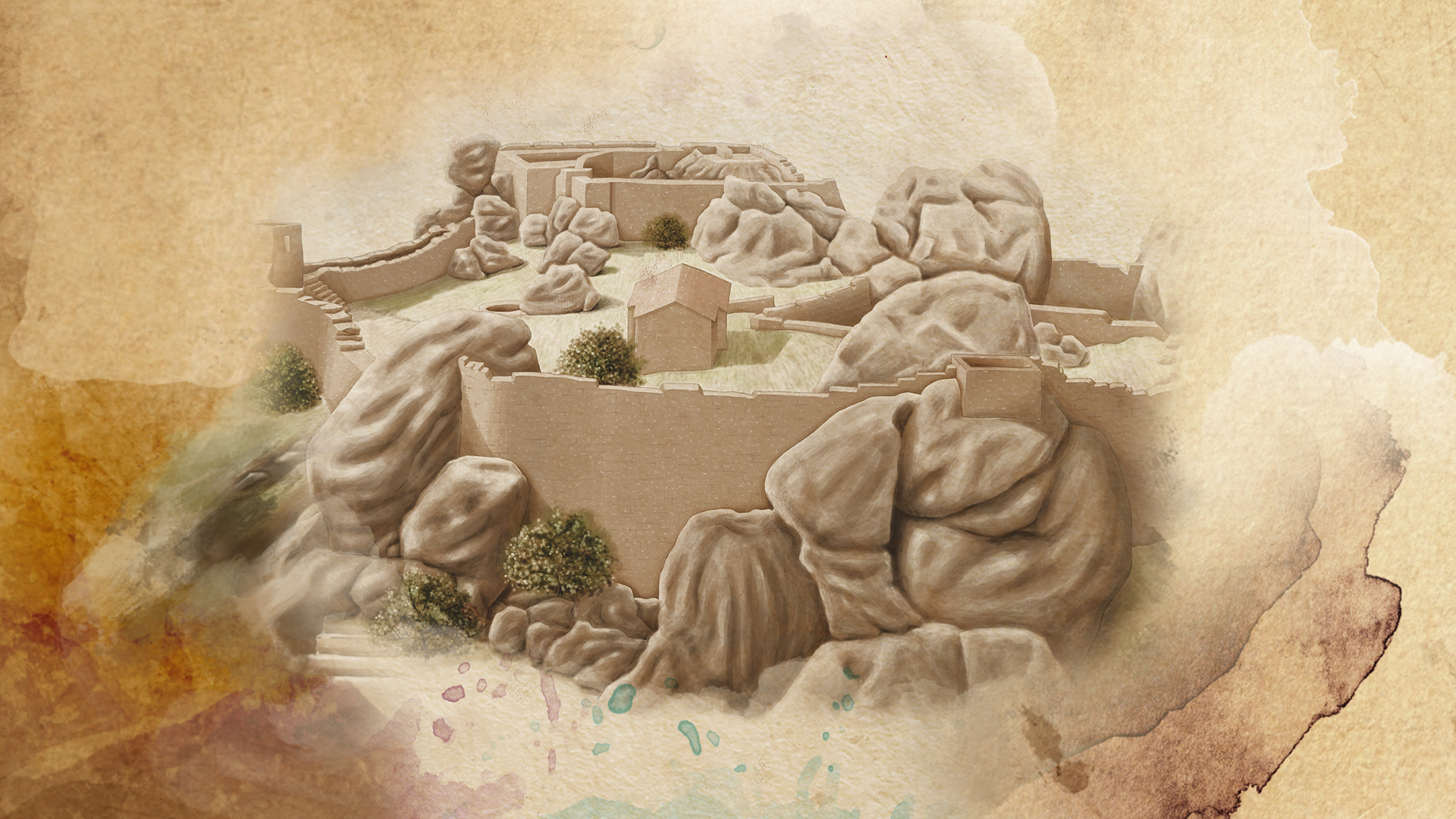The Monsanto Castle is located at the highest point of the “most Portuguese village in Portugal”, an attribution given by the contest promoted by the Estado Novo in 1938.
Located in a place where a proto-historical hillfort and a Muslim fortress from the 10th century had been implanted, it was donated by King Afonso Henriques to the Order of the Temple in 1165, in order to defend and reinforce the frontier, with the purpose of building a barrier to the Muslim incursions.
Monsanto, donated in 1165, was one of the first fortified places – on a former Muslim castle – within the scope of this operation, although it returned to the Crown in 1172.
Gualdim Pais had the castle rebuilt, following the defensive typology introduced by the Order of the Temple in Portugal. A defensive wall was built, reinforced by the steep slopes of the hill on which it stands, in the centre of which stands a dungeon, the defensive bulwark of the entire fortification.
A site of great strategic importance for the defence of the country’s eastern border, after its fortification by the Templars, it was returned to the Crown in 1172, donated to the Order of Santiago, and the settlement was granted a charter two years later by King Afonso Henriques.
The Romanesque citadel was significantly altered during the reign of King Dinis, between the end of the 13th century and the beginning of the following century, and underwent significant restoration work in the 1940s and 1950s, which gave it its current appearance.
Having had some military prominence in the 17th century, during the Wars of Restoration, and also in the 19th century, in the context of the French Invasions, the Monsanto Castle preserves some of its original structures, such as the Keep, also known as Atalaia Tower or Pião Tower, the cistern, the stairs to the parapet and the ruins of the Our Lady of the Castle (Nossa Senhora do Castelo) Chapel.
The castle and the walls of Monsanto have been classified as a National Monument since 29th September 1948.
Monsanto Castle
